WONDERFUL WHITETHROATS & BRILLIANT LINNETS @ TOPHILL LOW
- Jonathan Marshall
- Jul 6, 2017
- 7 min read
I had been hoping to visit Tophill Low for quite a while and even up to yesterday tea time it looked like I was going to be thwarted by the weather forecast. The forecast on Tuesday evening had shown heavy thunder showers sweeping through in the afternoon, however Wednesday's early evening forecast showed it being further west and not reaching the reserve until the evening.

Tophill Low is situated off the A164, a couple of miles east of the village of Watton between Driffield and Beverley in East Yorkshire. It is similar to Rodley Nature Reserve in set up as it has a pumping station run by Yorkshire Water within the reserve, however this pumping station is considerably bigger than the one at Rodley.
Upon arriving at the entrance to the reserve the road leads you around the pumping station to the car park. From here you need to pay at the ticket machine, which as well as entry to the reserve also gives you a car park ticket. The entrance fee is £3.50 for adults and £1.80 for concessions or you can become a member for £25 a year.
The reserve is split into 3 different routes - red, gold & blue. After paying for our tickets we headed up the boardwalk to the Reception hide were the three routes begin. The Reception Hide is fairly new and modern with full length floor to ceiling windows at the front overlooking D Reservoir, so called as it is shaped like the letter D. Out on the reservoir there were a couple of Mute Swans and at least 100 Tufted Ducks.
We decided to start with the blue route as we had heard that was the best opportunity for seeing the Kingfisher, more on that splendid bird later. We made our way through the woods to the second hide overlooking D reservoir. Inside this hide there was an Elephant Hawk Moth trapped and as soon as we had opened the door it flew straight out past us. From this hide you get a closer view of the Mute Swans and the 100 plus Tufted Ducks. As there was nothing else to see we moved onto the next hide.
Walking through the woods we saw a couple of Red Admiral butterflies and just past a small pond on the left there is a path off to the right leading down to the hide overlooking North Marsh. We turned down this path and in the brambles and bushes near the entrance to the hide there were 5 or 6 Red Admirals, we would see over 30 in total across the reserve.

Upon entering the hide we opened the shutters facing North, flying across the front of the hide, reeds to reeds and into the trees, were Whitethroats and Reed Warblers. We opened the shutters facing East and South as the birds moved round that way. Looking South out of the hide we were able to get great views and photos of the Whitethroats moving up and down the reeds. After about 15 minutes we left the hide with plenty of Red Admirals present outside the hide. After retracing our steps back to the main trail we turned North and headed through the woods to the next hide.

When you exit the woods it brings you out on a trail round the outskirts of a meadow on the right and the reservoir on the left. Walking past this meadow there were a few different species of butterfly - Brown Argus, Meadow Brown, Speckled Wood and a single Essex Skipper. At the end of the meadow is another hide looking back down the reservoir towards the reception hide. In this hide was another trapped moth, with this one being a Ruby Tiger Moth which after a few attempts realised the door was open and flew out. Nothing much to see here bird wise so we left and headed to the next one.
After leaving the hide we turned North again through a small wood where the most northerly hide overlooks Hempholme Meadow and a Kingfisher nest! Hempholme Meadow was originally a wooded area but with the help of Yorkshire Water & Natural England the reserve has cleared all the trees to create a meadow with small lagoons and a man made bank to attract the Kingfishers to nest in.
After settling in and a 5 minute wait in came the male Kingfisher with an absolute whopper of a fish that looked bigger than it could handle. After a few seconds it dived down and went into the nest burrow to pass the fish to the female and young. This is apparently the second brood for this pair, having successfully bred earlier in the year. A few seconds later the Kingfisher reappeared from the burrow and dived into the water before moving back up to the branch. It repeated this a couple of times before flying away from the nest.

The Kingfisher made a couple more journeys back to the nest with fish and each time repeating the ritual of diving into the water to clean itself after taking the fish to the nest. On the 3rd journey back it spent a lot of time preening itself on the branch after depositing the fish. I was able to get several good photos of this and even managed a short video of the Kingfisher. Once it flew off we decided to eat our lunch whilst waiting for it to return.
After we had finished our lunch, the Kingfisher still hadn't returned - perhaps he was on his lunch break. Just then someone in the hide spotted a frog a few metres behind the Kingfisher nest. After I had spotted it I took a few pictures and later managed to identify it as a Marsh Frog. Thankfully for the Frog, the Grey Heron a few metres away didn't notice it, otherwise it might have been the Heron's lunch!
After a gap of about 20 minutes the Kingfisher returned to the branch with another big fish before disappearing into the burrow. A few seconds later the Kingfisher emerged from the burrow and spent the next few minutes preening itself, enabling me to get several good photos, even some with wings extended. After another trip for a fish the Kingfisher returned again and went straight into the burrow, once it disappeared this time we made our way back round the reservoir to the Reception Hide.

Upon our return to the Reception Hide we made our way down the eastern side of the red route with gold route being our destination. Just before we reached the start of the gold route we saw the shed skin of a Grass Snake. On the gold route the first hide looks out over one of two lagoons, with the River Hull behind it. Whilst this lagoon was fairly quiet, there was still a Gadwall with chicks, Mallards, Little Grebes, a single Little Egret and another Kingfisher flying into the reeds at the other side. A trio of Little Egrets circled overhead looking like they were going to join their comrade but then made there way over the bank at the back and went along the River Hull.
We then made our way down to the hide overlooking the southern of the two lagoons were and this hide, like 8 of the 13 hides, is wheelchair accessible. At the far end of the lagoon there was a few ducks and another lone Little Egret wading through the water looking for a bite to eat. In front of the hide a pair of Common Darter Dragonflies were flying about with several Blue Damselflies also in attendance.

After leaving this hide we headed the short distance to the O Reservoir, again like the D Reservoir, named due to its shape. On our journey clockwise round the reserve we arrived at a small lagoon where we saw a Four Spotted Chaser Dragonfly and after watching it for a couple of minutes I managed to get a good photo of it before moving on to the next hide. All but a couple of the hides round the O Reservoir look away from it and on to marshes and lagoons. The first of these hides we came to looked over South Marsh East.
On the marsh there were several different birds such as Mute Swans, Common Terns, Mallards, Coots, Lapwings, Shelducks and yet another Little Egret. There were also a couple of Chiffchaffs singing in the trees overhead. The path to the next hide arrives at a T junction with the hide on the left looking back down South Marsh East and the other looking up South Marsh West. As there was nothing new to see we moved on to the next hide.
The next hide looks back down South Marsh West, but has a bit more open water in front of it, you can also look over the O Reservoir from here too. On the marsh there were a few nesting Black Headed Gulls who had to chase off a Lesser Black Backed Gull whilst we were there. Then on the bushes in front of the hide we were paid a surprise visit by a pair of Linnets, a bird which I had never managed to get a picture of before. Thankfully one of the Linnets was very obliging and I not only managed to get a few pictures but also a short video of it too.
After this hide you make a short journey south west away from the reservoir to the penultimate hide. You go through a short woodland and then meadow and arrive at a small hide with steep steps to the entrance. This hide overlooks Watton Nature Reserve which consists of three small lakes. On these lakes was a large gathering of Mallards, a few Mute Swans and Cormorants, 5 Oystercatchers and 7 Common Terns on floating nest platforms.
Like the previous hide there is a man-made structure for nesting Sand Martins, however they were not currently using it. We made our way back through the meadow and woodlands and returned to the path round O Reservoir. When you return to the path round the reservoir the western half is a grass track rather than the paved path round the eastern side. At the top of the Reservoir is the final hide, this is the only one that solely looks over it. However there was not a single bird on it so we made our way back to the car. On our way back the only birds we saw were a couple of Blackbirds perched in a cherry tree.
To sum up, my first visit to Tophill Low proved to be very enjoyable, if a little hot at 28oC. This is a fantastic reserve which will only get busy in terms of bird life in the winter and this will not be my last visit. The final count for species stood at 32 birds, 8 butterflies, 2 moths, 3 dragonflies and 1 frog. The highlights for me were the wonderful Whitethroats, brilliant Linnets and the always fascinating Kingfishers. I have attached my full sightings list and a few photos as well.











































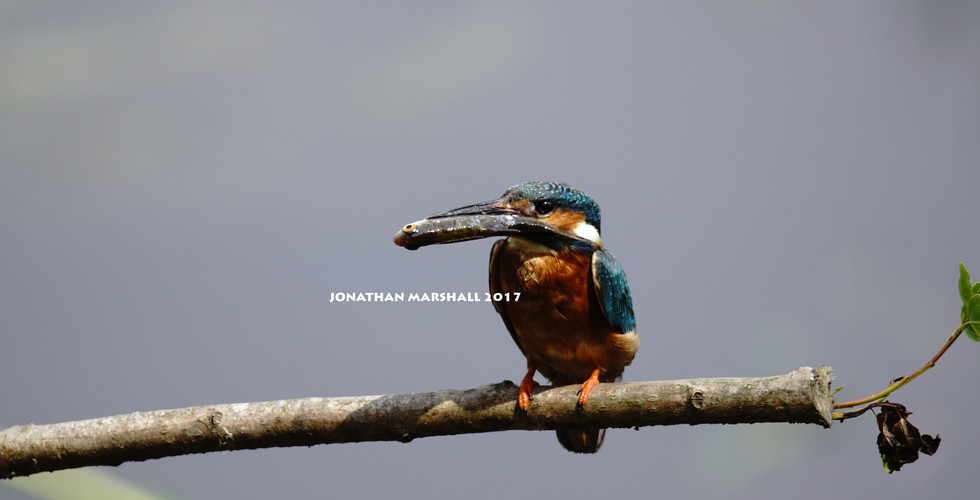
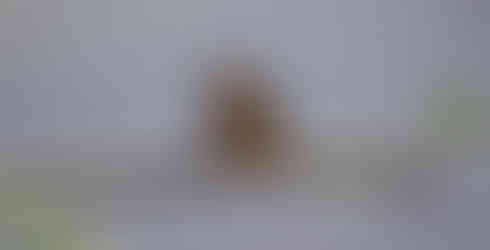





















































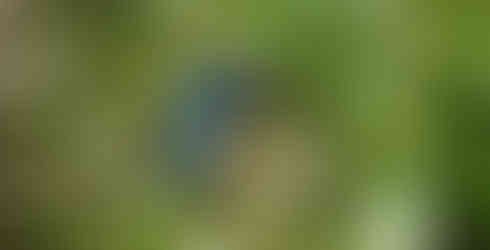














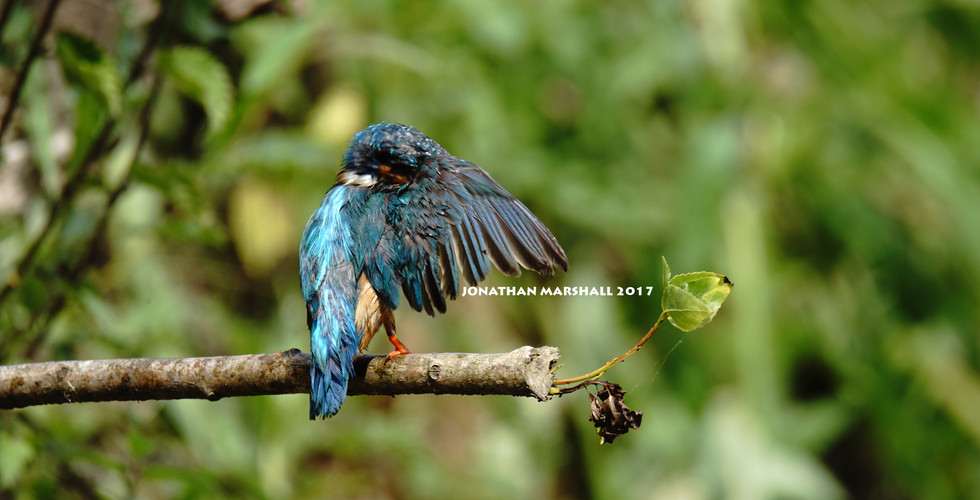






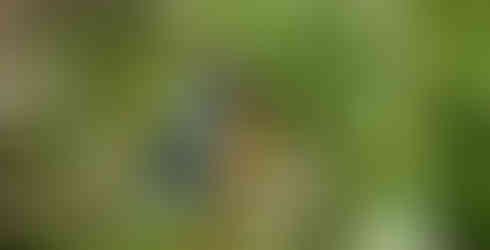



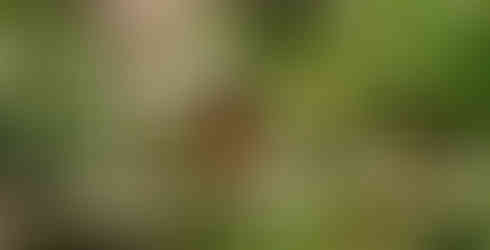
















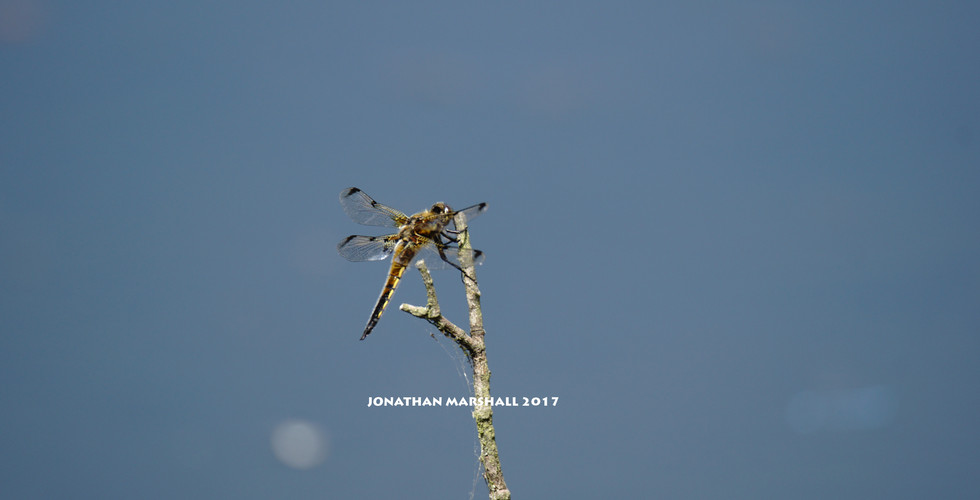




























Comments